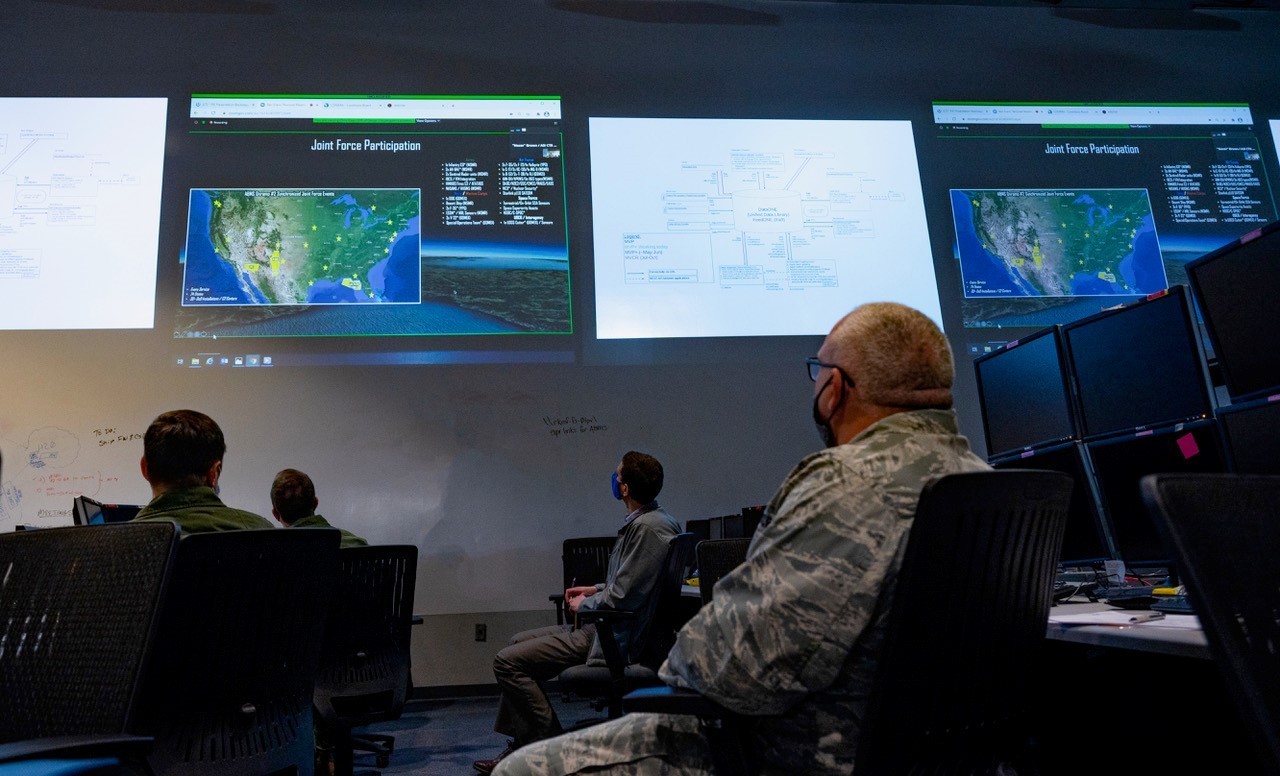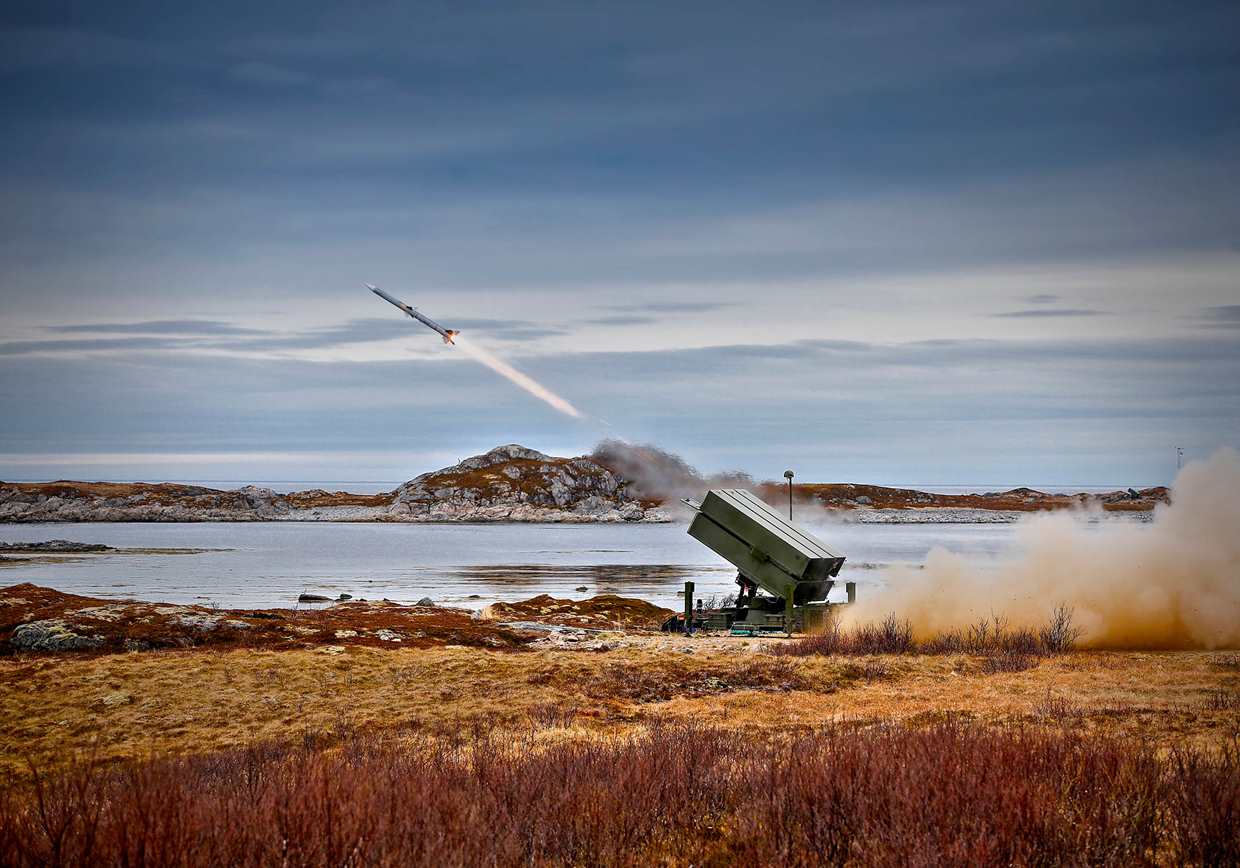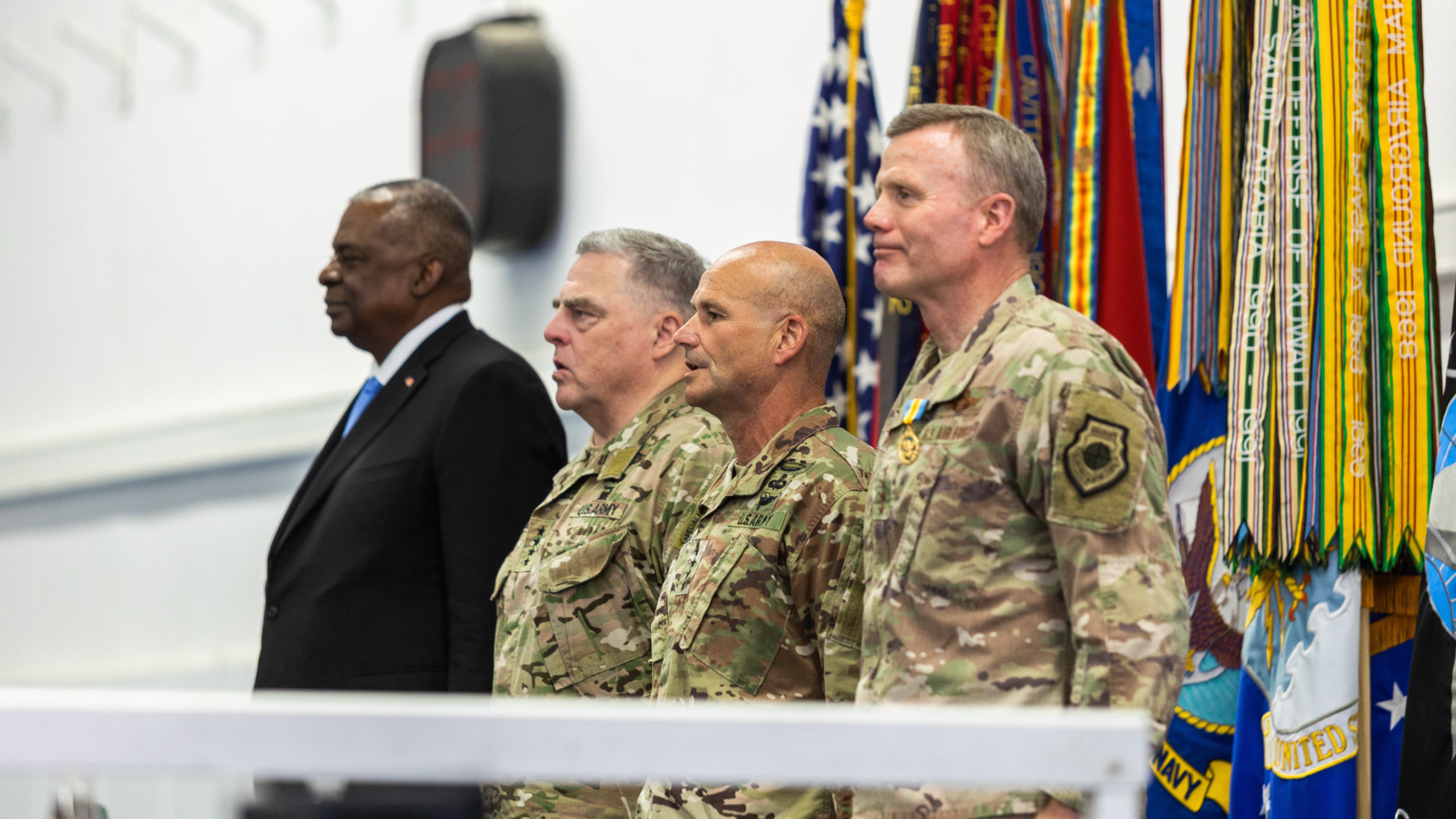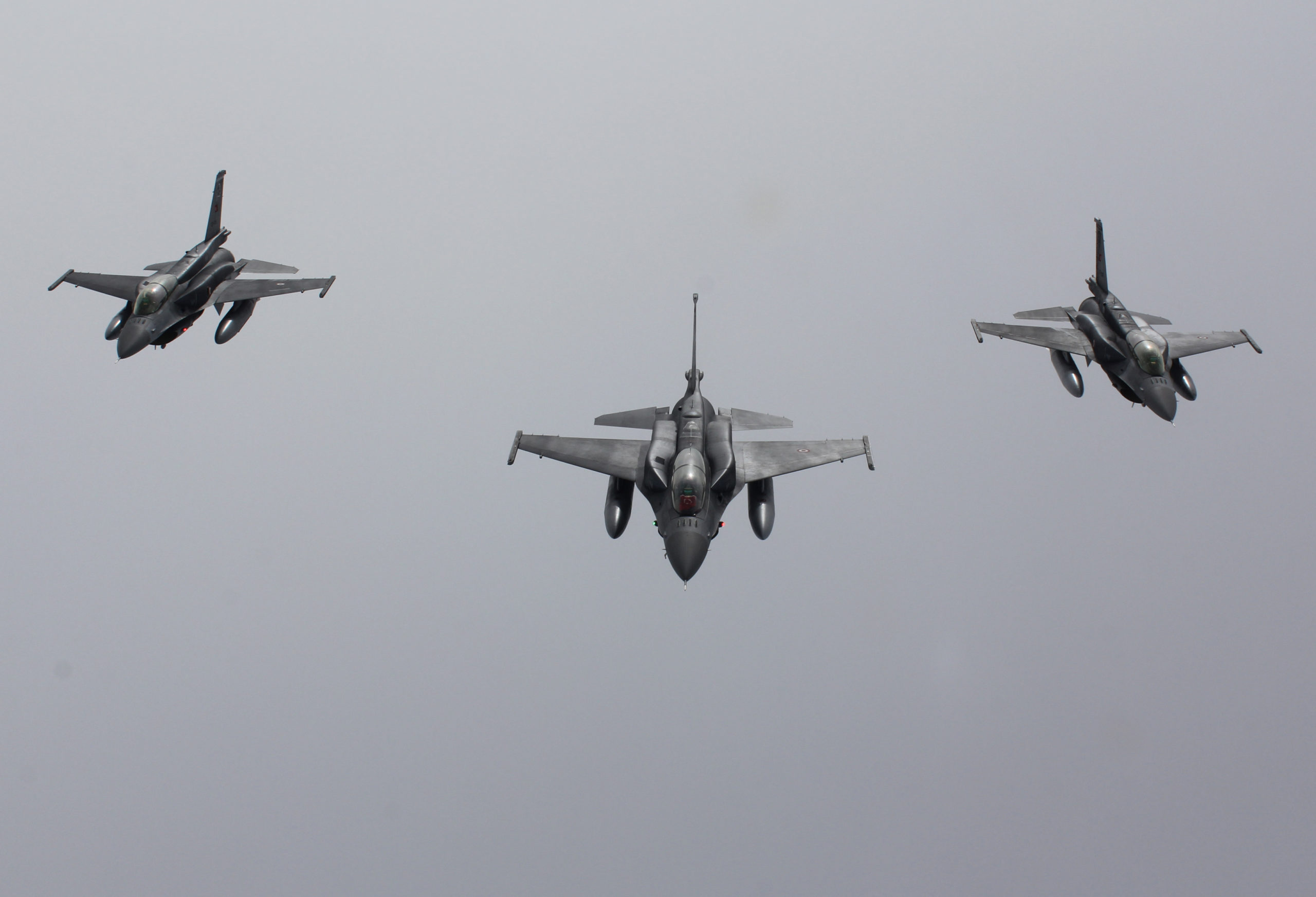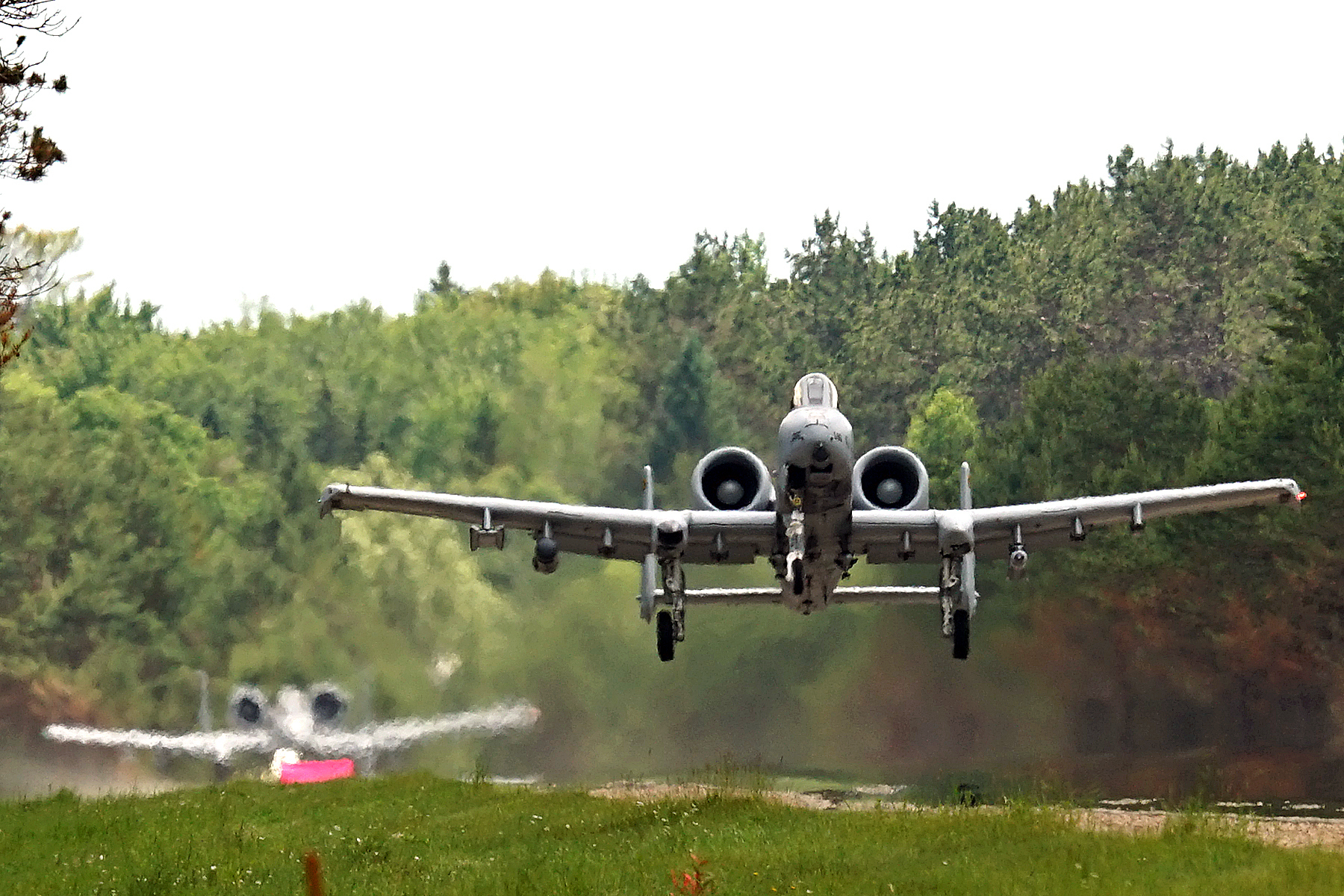The Air Force’s plans for its portion of joint all-domain command and control, or JADC2, have taken a major step forward. The service awarded an indefinite delivery, indefinite quantity, multiple-award contract worth up to $950 million July 1.
The IDIQ deal will give 27 contractors the opportunity to compete for work related to the Pentagon’s ambitious effort to connect sensors and shooters across all domains into one network.
What exactly the contractors will be developing for the Air Force was not specified in the JADC2 contract announcement, but it will have to do with the “maturation, demonstration, and proliferation” of technologies that are part of JADC2, the contract announcement states.
The award also says that companies will have to leverage “open systems design, modern software, and algorithm development” as part of their development.
The locations of work are also still unknown, but the award states that those will be determined by May 28, 2025.
The nearly $1 billion contract was awarded through the Air Force Life Cycle Management Center, which selected some large companies, such as AT&T, but also included plenty of startups and smaller enterprises.
The awardees include:
- ADDX Corp., Alexandria, Va.
- Capella Space Corp., San Francisco
- AT&T Corp., Oakton, Va.
- Applied Information Sciences Inc., Reston, Va.
- Atmospheric & Space Technology Research Associates LLC, Louisville, Colo.
- Credence Management Solutions LLC, Vienna, Va.
- Edge Technologies Inc., Arlington, Va.
- EOS Defense Systems USA Inc., Huntsville, Ala.
- Exfo America Inc., Richardson, Texas
- Hermeus Corp., Atlanta
- Ierus Technologies Inc., Huntsville, Ala.
- Cyberspace Solutions LLC, Herndon, Va.
- Labelbox Inc., San Francisco
- Nalej Corp., New York
- OST Inc., McLean, Va.
- Praeses LLC, Shreveport, La.
- Real-time Innovations Inc., Sunnyvale, Calif.
- Riverside Research Institute, New York
- Saber Astronautics LLC, Boulder, Colo.
- Shared Spectrum Co., Vienna, Va.
- Shield AI Inc., San Diego
- Skylight Inc., Sarasota, Fla.
- Sparkcognition Government Systems Inc., Austin, Texas
- Tenet 3 LLC, Dayton, Ohio
- Trace Systems Inc., Vienna, Va.
- Ultra Electronics Advanced Tactical Systems Inc., Austin, Texas
- BrainGu, Grand Rapids, Mich.
JADC2 is intended to be a massive “network of networks,” sharing intelligence, surveillance, and reconnaissance from sensors across air, land, sea, space, cyberspace, and the electromagnetic spectrum, identifying the proper units or platforms to deal with threats and connecting them with the necessary information.
In order to realize the concept, the Pentagon will have to use cutting-edge technologies such as artificial intelligence, machine learning, cloud computing, and new communication methods, experts say.
The Air Force’s portion of the enterprise, the Advanced Battle Management System, has been in development for several years, but Air Force Secretary Frank Kendall has pushed in recent months for more urgency in having ABMS provide operational benefits faster instead of focusing on more experiments.
Spending on the project, meanwhile, hit $268.8 million in fiscal 2022 after Congress slashed funding in 2021, forcing the service to adjust its plans. In 2023, the Air Force is requesting $231.4 million, but the program is expected to grow significantly in the years ahead—the Future Years Defense Program is projecting at least $550 million per year through 2027, peaking at $870.8 million in 2026.
